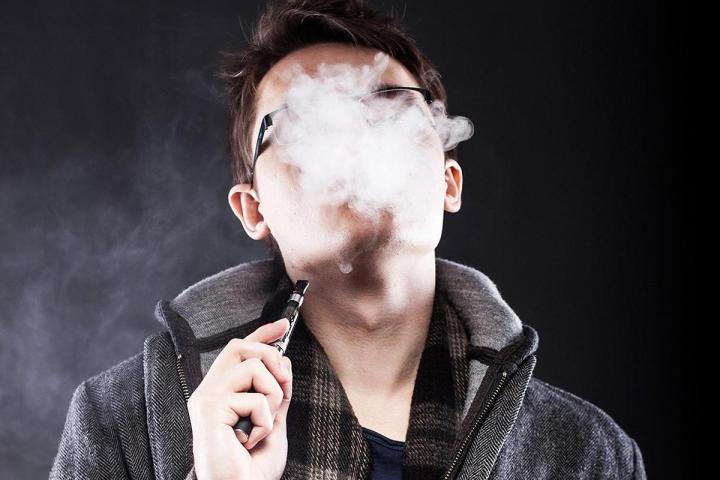
The warning comes via a report in the Guardian and a thread on Reddit, started by a user who noticed malware on his boss’ computer. The cause of the problem was eventually narrowed down to the USB charging cable that came with his e-cig — malware had been hard-coded into the device and was able to infect the system once it was plugged in.
A cheap Chinese cable is believed to have been the root cause of the problem, and electronic cigarette smokers are advised to stick to the well-known brands and be wary of shady counterfeit goods when picking up e-cigs. “For consumers it’s a case of running up-to-date anti-malware for the production line stuff and only using trusted devices to counter the threat,” Trend Micro’s Rik Ferguson told the Guardian.
Vaping has been gathering more legitimacy and attention over the past 12 months, with a wide range of products and accompanying apps now available for those who want to make the switch from tobacco — even if there have been one or two regulatory issues along the way.
Some experts remain skeptical about the safety of e-cigs in the absence of any detailed research into the long-term health effects, but with “vape” declared the new word of the year by Oxford Dictionaries this week, it looks like they’re here to stay — just make sure you charge yours via a USB power socket adapter rather than your computer to stay safe.
[Image courtesy of Leszek Glasner / Shutterstock.com]


